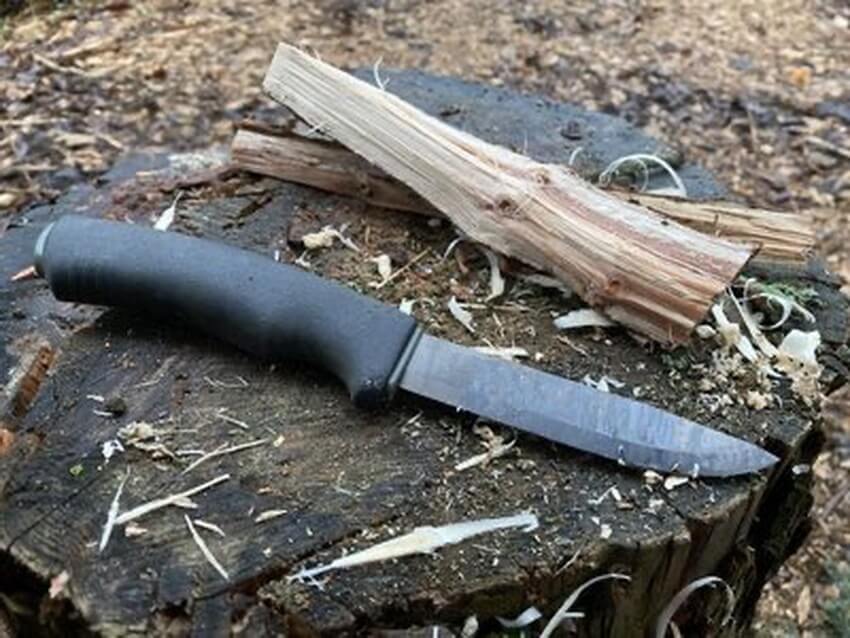![]() Windy
Windy
 WeChat
WeChat
 WhatsApp
WhatsApp
Click:290 seen
3D printing technology has brought unique design and manufacturing advantages to the production of outdoor camping knife handles, the following is a detailed introduction to its process:
Design Phase
Demand analysis: First of all, we must determine the design needs of the handle according to the actual use scenario and personal holding habits of outdoor camping. Consider whether the size and shape of the handle fit the palm to ensure that long-term use is not easy to fatigue; Whether it is necessary to design a non-slip texture to enhance holding stability in wet environments; Whether to reserve space to install outdoor gadgets such as compass and flint.
Software modeling: Use 3D modeling software (such as SolidWorks, Fusion 360, etc.) to create 3D models of gamepads according to the preliminary demand analysis. During the modeling process, the dimensions of each part are precisely set, and the curves and contours of the handle are carefully sculpted to ensure that they are ergonomic. For example, the thickness of the handle should match the size of the palm, and the position and depth of the finger groove should allow the finger to be placed naturally and provide a good grip. After the modeling is completed, the model is repeatedly checked and optimized to ensure the rationality and integrity of the design.
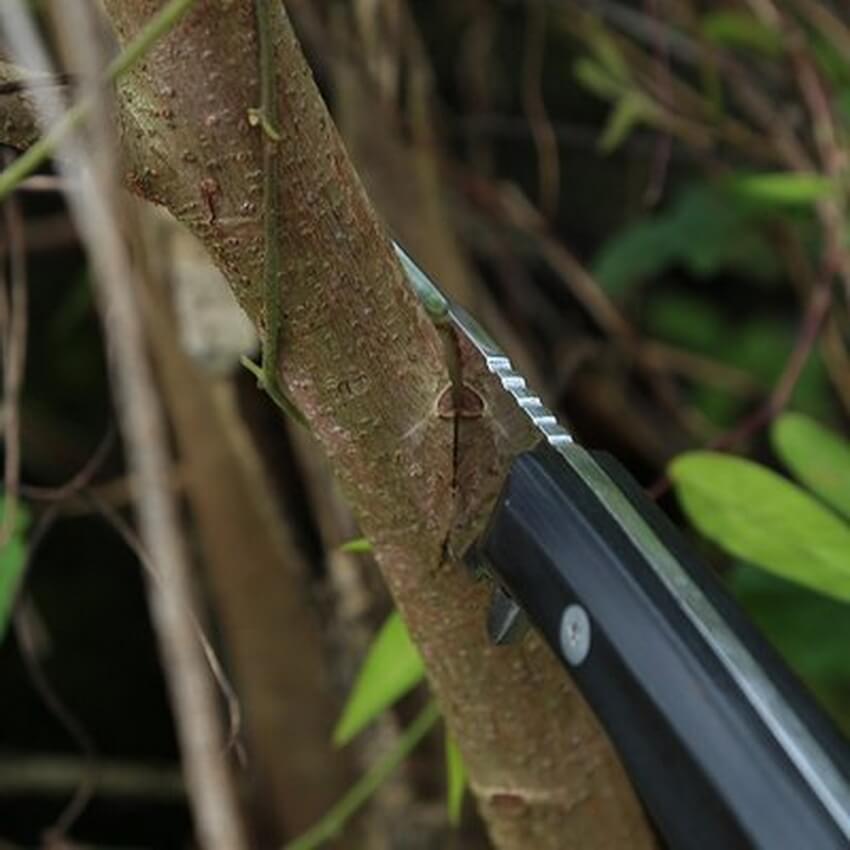
Material Selection
Common material characteristics: 3D printing materials for making outdoor camping knife handles need to have certain strength, wear resistance and weather resistance. Commonly used materials are nylon (PA), it has good wear resistance, chemical resistance and mechanical properties, and light weight, suitable for long time holding; There is also polylactic acid (PLA), which is environmentally friendly and easy to print and form, but the strength is lower than that of nylon, which is suitable for simple handle design with not particularly high strength requirements; In addition, carbon fiber reinforced composite material is also a good choice, which combines the high strength of carbon fiber and the molding advantages of 3D printing materials, greatly improving the strength and hardness of the handle.
Selection basis: Select materials according to the use scenario and performance requirements of the camping knife. If it is used for high-intensity outdoor work, such as cutting tree branches, preference for nylon or carbon fiber reinforced composite materials to ensure that the handle will not be easily damaged during use; If only for simple cutting, peeling and other operations, and pay attention to environmental protection and cost, PLA material may be a better choice.
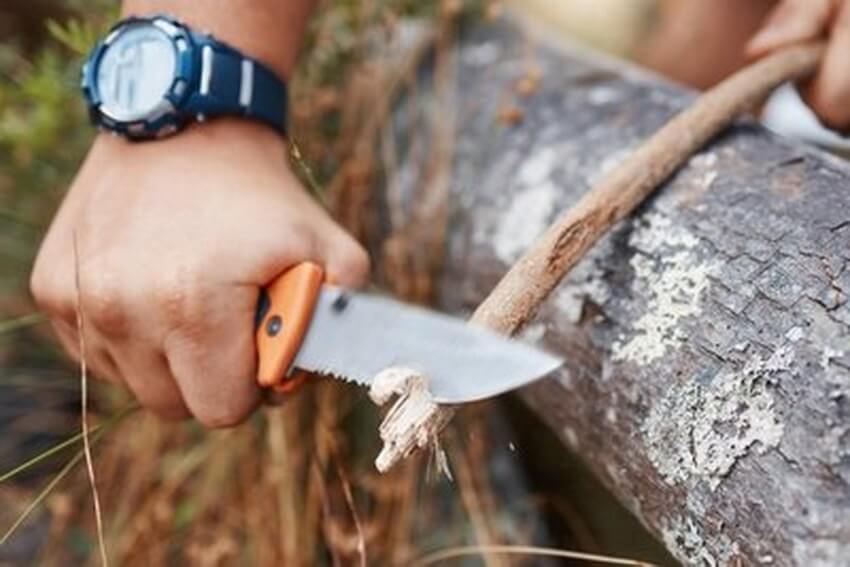
Preparation For Printing
Slicing processing: Import the designed 3D model into slicing software (such as Cura, Simplify3D, etc.) and slice the model. In the slicing process, you need to set the printing parameters, including layer thickness, filling rate, printing speed, temperature, etc. The thickness of the layer determines the accuracy of the printing. A smaller layer thickness can obtain a smoother surface, but the printing time will increase accordingly. The filling rate affects the strength of the handle, and a higher filling rate increases the sturdiness of the handle, but also increases material consumption and weight. The layer thickness of the general outdoor camping knife handle can be set at 0.1-0.2mm, and the filling rate is between 30%-50%, and the specific parameters need to be adjusted according to the selected materials and actual needs.
Support Settings: For some handle models with complex structures or hanging parts, the support structure needs to be set in the slicing software to ensure the stability of the model during the printing process. The support structure can be removed after printing, but care should be taken to select the appropriate support type and location to minimize the impact on the surface quality of the model, while facilitating later cleaning.
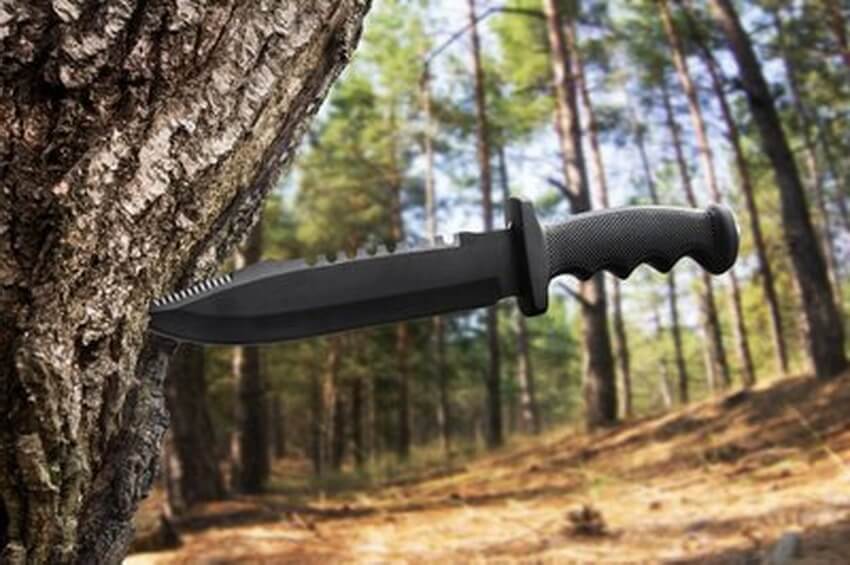
3D Printing
Choose a printer: Depending on the size of the selected material and model, choose the right 3D printer. The common desktop FDM (melt deposition molding) printer is suitable for printing most nylon, PLA and other materials; For some special materials such as carbon fiber reinforced composites, a professional industrial-grade 3D printer may be required. Before printing, ensure that the printer's nozzle, platform and other components are clean and in good working condition.
Print: Transfer the sliced file to the 3D printer and start the printing task. In the printing process, pay close attention to the running status of the printer, and check whether there are problems such as plugs, warping edges, and poor bonding between layers. If there is a problem, stop printing in time, analyze the cause and make adjustments. For example, if the nozzle is found to be blocked, it is necessary to clean the nozzle or replace the nozzle; If the warping phenomenon occurs, the temperature of the printing platform can be appropriately increased or auxiliary support can be added.
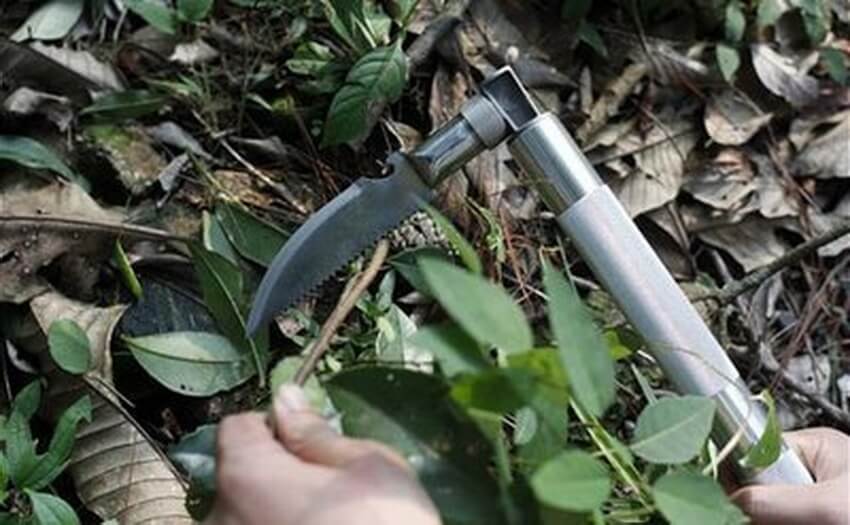
Post-Processing
Remove support: After printing is complete, carefully remove the support structure on the model. For some easily removed support, you can directly break it off with your hand; For support that is tightly attached to the model, it may be necessary to clean it with tools such as pliers and utility knives. In the process of removing the support, care should be taken to avoid damaging the handle surface.
Sanding and polishing: Sanding the printed handle with sandpaper, starting with coarse sandpaper (such as 80-120 mesh) and gradually changing to fine sandpaper (such as 400-1000 mesh) to remove surface defects, step lines and support marks, and make the handle surface smoother. After polishing, you can use polishing paste and polishing wheel to polish the handle to further enhance the gloss and texture.
Surface treatment: In order to improve the wear resistance, corrosion resistance and aesthetics of the handle, the handle can be surface treated. For example, the use of spray paint to add a protective coating to the handle, while increasing its aesthetics; It can also be anodized (if the material is suitable) to improve the hardness and corrosion resistance of the handle surface.
